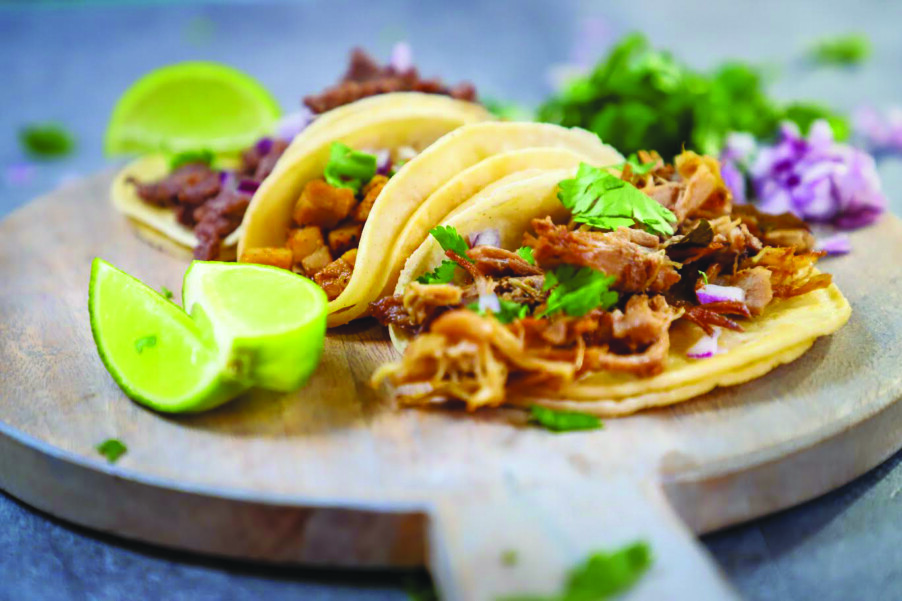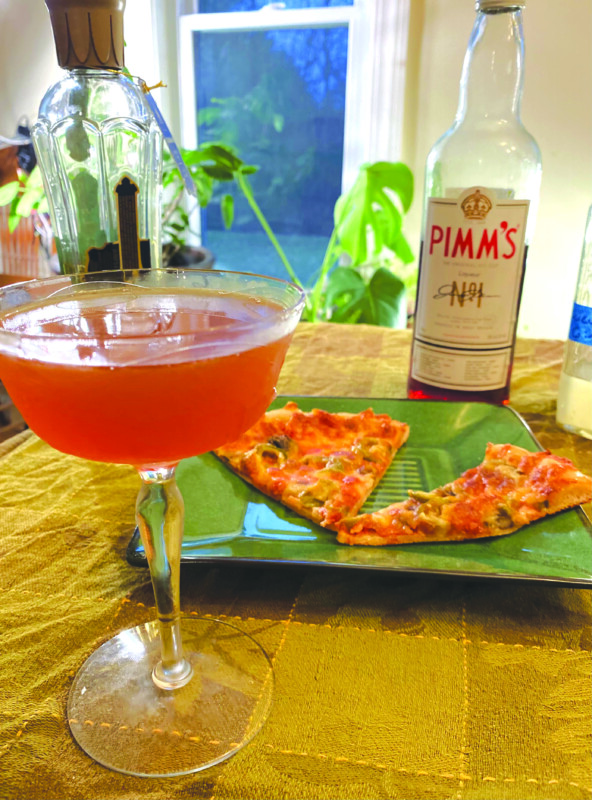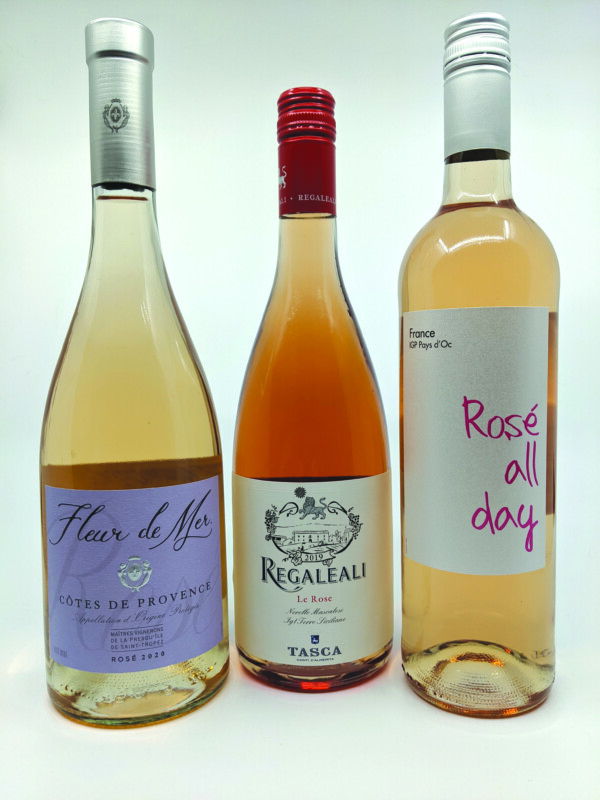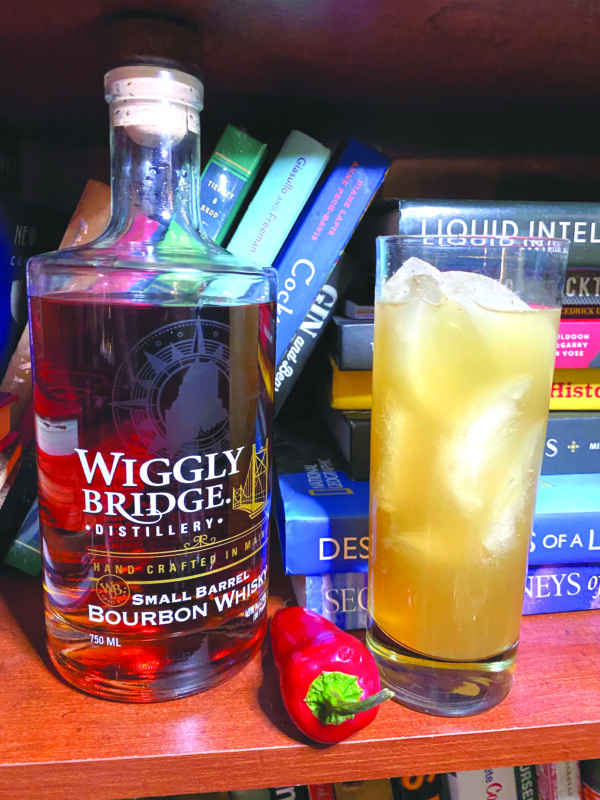The best tacos on the planet?
Imagine crispy, yet tender, bits of pork exploding with savory, sweet flavors in every bite. Next, imagine a super-simple cooking process that is borderline impossible to mess up and results in perhaps the best taco base in existence.
I’m talking about pork carnitas and while we’re at it, let’s make them with beer. Beer adds complexity and flavor to the meat as it cooks slowly, tenderizing in its own juices. Also, I think, and I can’t promise this is accurate, beer actually aids in the tenderization process, helping the meat get where you want to go faster.
Making carnitas, which translates to “little meats” in Spanish, is really more process than recipe. First you braise chunks of pork until tender, and then you crisp up the tender chunks. My understanding is that traditionally the meat is fried in its own fat until tender before it is deposited into tacos.
I’ve followed a bunch of different recipes and I’ve never been disappointed. I’ve made them with a variety of seasonings and braising liquids, including chicken broth, beer, white wine, cider, and a mixture of orange and milk — they’re all winners.
If you choose a lighter brew like a Mexican lager, such as Revuelta by Able Ebenezer Brewing Co. in Merrimack, it will impart some pleasing funkiness. A hard cider, such as Wild Thing by Contoocook Cider Co. in Contoocook, adds a little fruitiness and acidity that helps balance a pretty rich final product. A stout would impart more richness but I’d lean toward a drier stout so it doesn’t overpower the dish.
For carnitas, you need to use pork butt, which is actually pork shoulder. The meat is quite fatty and filled with connective tissue, which requires long cooking times to break down.
Start by searing the meat in a big Dutch oven, add the seasonings you like, add your braising liquid, and then either slowly simmer it on the stovetop, or cook it covered in the oven or in a crockpot until the meat is tender.
Once the meat is tender, you drain off the braising liquid and either fry up the tender chunks until crispy on the stovetop or, and this is what I prefer, crisp up the meat in a screaming hot oven or under the broiler. It’s just easier, more consistent, and less messy.
Smash your crispy bits of pork into a warmed tortilla and top with whatever you want: salsa, fresh lime juice, sour cream, cheese, lettuce, pickled onions, and so on. I do think less is more when it comes to toppings here.
Here’s just one way to make carnitas.
Pork Carnitas
- 3 to 4 pounds boneless pork butt, cut into 2-inch cubes
- 1 Tablespoon ground cumin
- 1 Tablespoon chili powder
- 1 teaspoon cayenne pepper
- 3 or 4 garlic cloves, smashed
- 1 Tablespoon kosher salt, probably more
- 1 bay leaf
- 1 teaspoon ground black pepper
- 3/4 teaspoon cinnamon
- 12 ounces beer, preferably craft-brewed in New Hampshire
- Vegetable oil, for searing
Heat a pot with a heavy bottom over high heat. Once hot, add a tablespoon or two of vegetable oil. Sear chunks of pork in batches, don’t crowd, until browned all over. Add all ingredients and bring to a simmer. Maintain a simmer, either over low heat on the stovetop or in a 350-degree oven, for about 3 hours until the meat is fork tender. Strain meat and remove garlic cloves and bay leaf. Arrange meat in a broiler-safe pan, drizzle over a few tablespoons of the braising liquid, and broil on high heat for about 10 minutes, turning halfway, until the meat is richly browned and crispy. You could also do this last step in a super-hot oven if you don’t have a broiler. Smash 2 or 3 chunks into a warm tortilla and top however you like.
What’s in My Fridge
Double Clip Double IPA by Stoneface Brewing Co. (Newington)
I’m sure I’ve had this before but somehow, maybe not? As my brother-in-law remarked as we cracked open a couple of these, “This is delicious.” It’s big, juicy and bold but the finish is quite smooth. Cheers.
Featured photo. Make pork carnitas. Photo by Frankie Lopez.







